Rabbits can live happily indoors or outdoors if they are given enough space. The RWAF recommends a minimum space of 3m x 2m x 1m for a bonded pair of rabbits. It is important to remember that these guidelines are a minimum and the more space that can be provided, the better.
Rabbits need a lot of space to be able to display their natural behaviours, such as running, jumping, binkying, digging, periscoping, playing and stretching out. These behaviours are necessary for a rabbits happiness and general wellbeing.
Hutches were originally used many, many years ago with the sole purpose of breeding rabbits for meat as food was scarce and rabbits breed very quickly. There wasn’t enough room for them to move around, so it was easier to get them fattened up.
Many years later, there are supermarkets and shops everywhere. Food is easily accessible and can be obtained whenever we like. We’re in 2024, so why are people stuck so far in the past? Times have changed, and we need to as well. A rabbit hutch or cage should not be thought of as adequate rabbit housing. They can be used as a base / hide out as part of a larger set up.
If we want to keep rabbits as pets, love them and give them the best lives possible (why else would we get them as pets?) then we need to ensure their needs are met.
Resting and exercise areas should be kept separate from each other but together so the rabbits can access both areas freely. A run or exercise area should be permanently attached to the resting area. The following should be considered when choosing suitable housing for your rabbits:
Larger breed rabbits will need larger areas / houses
A baby rabbit will need suitable accommodation that will be adequate when fully grown
It needs to be a size that allows sufficient room for laying and stretching at full length
It needs to allow room for the rabbit to stand fully upright on its hind legs without its ears touching the top
It needs to be large enough to consist of a sheltered, private area when a rabbit can retreat if frightened
It needs to allow sufficient room for food, water, toys and enrichment
Choosing where to put a rabbits house and exercise area is important. Rabbits are prey animals, therefore they are naturally nervous and always on the look out for danger. Their living environment needs to be calm and quiet and should not be in an area with a lot of activity and noise, for example children's play areas or a place where social events occur. It is impossible to keep any area quiet 100% of the time, so it is inevitable that the rabbit will hear loud noises from time to time, but doing everything possible to ensure your rabbit is not exposed to this on a regular basis will keep stress levels low.
On the other hand it is important to choose an area that can easily be seen to encourage social interaction and monitoring of your rabbit. It should also be accessible to make feeding and cleaning easy.
Indoors
If you choose to have your rabbit free roaming your entire house or just a room, then bunny proofing needs to be done! Bunny proofing your home is a big task, and although you may think you have bunny proofed, a rabbit will still find something to mischievously get at. Think of it like having a toddler. Anything that could pose a risk to them, remove or adapt. All cables should be hidden (rabbits love a bit of the spicy hay!) and anything that could pose a risk to them, hide it away.
Alternatively you can set up a large pen (often called x pens) to keep your rabbits out of mischief (although I would highly recommend free roaming rabbits! It is a delight to see them having fun and for them to be part of the family). Pens should be spacious for your rabbits to run around, have a litter area, sleeping / hide away area, toys and enrichment. They should also be tall. Rabbits can jump very high and will escape given the chance so a high wooden pen or a pen with small gaps between the bars is recommended. Larger gaps could cause rabbits to try escaping and they could injure themselves or get stuck.
Any pen type housing should not be placed near a fire or radiator and out of direct sunlight so your rabbits do not get too hot.
Outdoors
A rabbit enclosure should be located in a well ventilated, dry area and out of direct sunlight, where they are kept safe from predators and extreme weather. During colder months, although rabbits tend to cope well in colder weather, it is important to give them plenty of straw to provide them with insulation and it is important to check this stays dry throughout the day.
I have attached some photos below of our outside set up to give an idea of what is required. Our set up is 12ft x 6ft, has an inside and an outside exercise area. We are planning to add a 4ft x 8ft run with tunnels attached to provide a grassy area and more enrichment and space.
Any attached runs should be meshed with at least 16g wire (14g and 12g are even better) with 13mm holes being the largest to go for. This ensures nothing can get in to harm your rabbits (foxes, stoats, rats, birds of prey), and your rabbits cannot get out. If you are putting your run on grass, rabbits can easily dig out, so a mesh base under some turf is a great way to set this up. All sides should be secure with no gaps and the build needs to be solid and the inside area, waterproof.
A rabbit can die of heat exhaustion much more quickly than being out in the cold, so it is so important they have shade and ventilation in their inside area. Fans (use battery powered or re-chargable fans, so wires aren't an issue), cool pods, stone slabs etc will also help your rabbits keep cool in the warmer weather. Their litter trays should be cleaned daily to discourage flies and you should check on them regularly in hot weather.
Lastly, your rabbits accommodation needs to be durable so your rabbit remains comfortable and dry, regardless of the weather. It needs to be robust to cope with strong winds, rain and frost, as well as any damage the rabbit may cause itself through digging or chewing.
Further housing requirements
Wherever you choose to house your rabbits, plenty of hay must be available at all times, as well as clean water. It is a good idea to purchase a hay rack so the hay stays clean. We have multiple hay racks and litter trays in one as rabbits love to go to the toilet while munching on hay. Keep any bedding hay or straw separate from eating hay, the hay racks are great to be able to do this. Heavy bowls of water should be placed inside and outside for your rabbits to access easily. For outdoors rabbits, in freezing temperatures it is important to check the water has not frozen over.
Rabbits can easily be litter trained. They usually decide on the best spot they like to go, so once established, try adding their litter tray to this spot. Their toilet should be separate from their sleeping area and cleaned every day.
As rabbits are prey animals, they must have a separate hiding area with at least two entrances / exits, where they can retreat if they feel frightened or scared. They must be able to access their hiding area at all times and it should not be removed unless required if there is a concern for the rabbits health. It should be private and secure so that predators cannot see inside or get to them. Rabbits are highly sensitive and it is possible for a rabbit to die of fright if confronted or threatened by a predator. Rabbits should also never be deliberately trapped inside as this prohibits their natural behaviour of fleeing.
Rabbits are intelligent animals and need toys and enrichment for physical and mental stimulation. These are needed in addition to daily exercise. Not only do toys make great entertainment for a rabbit but they allow normal behaviours to be displayed such as chewing, digging and exploring. A bored rabbit is an unhappy rabbit and and this can lead to the development of abnormal behaviours such as overgrooming and serious health issues. Toys are a great way to prevent boredom and there are many available for a rabbit to enjoy. Check out our toys section here.
There are also great toys you can make yourself at home, such as cardboard tubes and boxes. All toys should be checked regularly for signs of damage and any damaged toys should be removed to prevent injury.
It is essential to keep a rabbits enclosure clean. Litter trays should be cleaned daily and the rest should be cleaned once a week , depending on how quickly it becomes dirty.
Rabbits are social animals and require the company of another rabbit to stay happy and healthy. Rabbits will groom each other, play together and look out foreach other when there is danger. As a guide, a neutered female and a neutered male are thought to be the best pairing, however it is all down to the individual rabbits personality. New rabbits must be introduced slowly and carefully. Adopting a bonded pair from a rescue is often a great idea as it saves on the stress of bonding two rabbits together. Visit out UK rescues page to find a rescue near you.
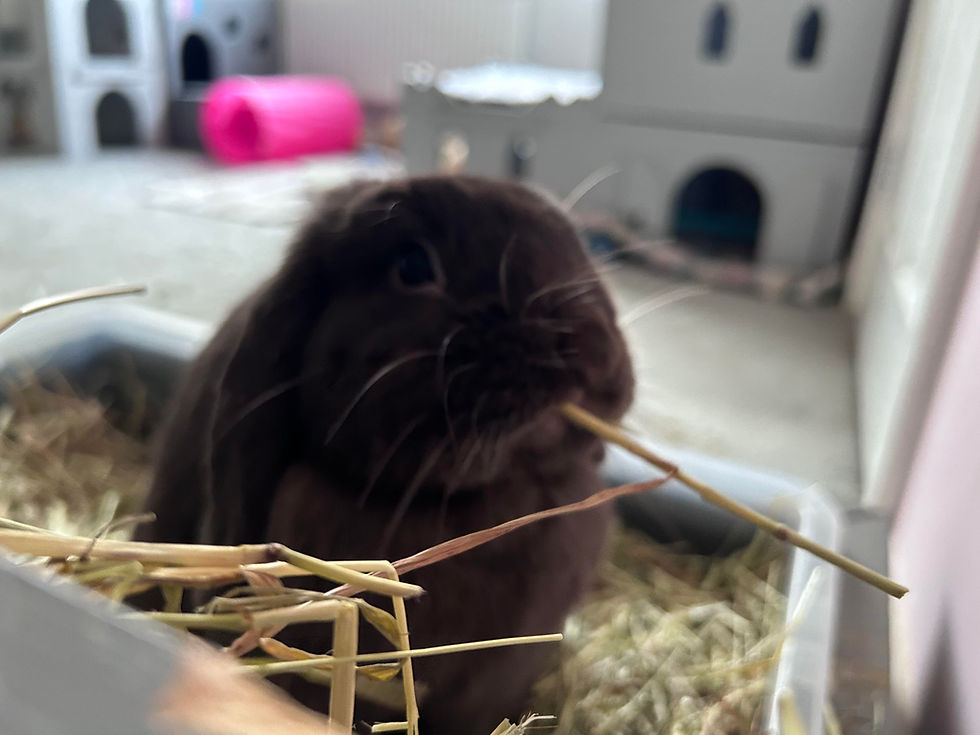
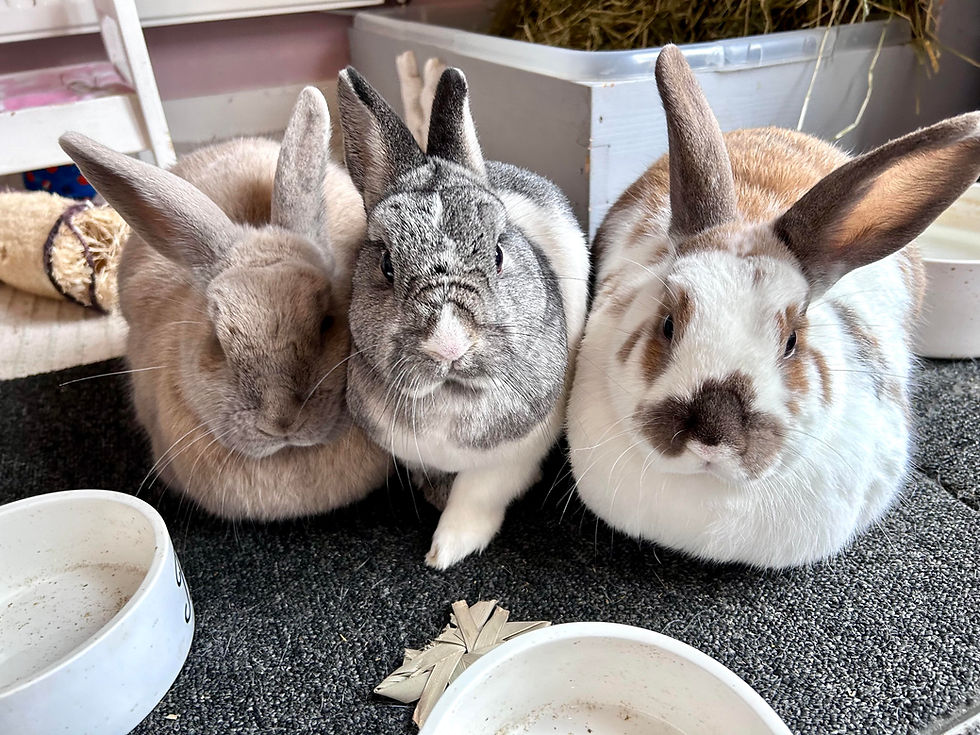
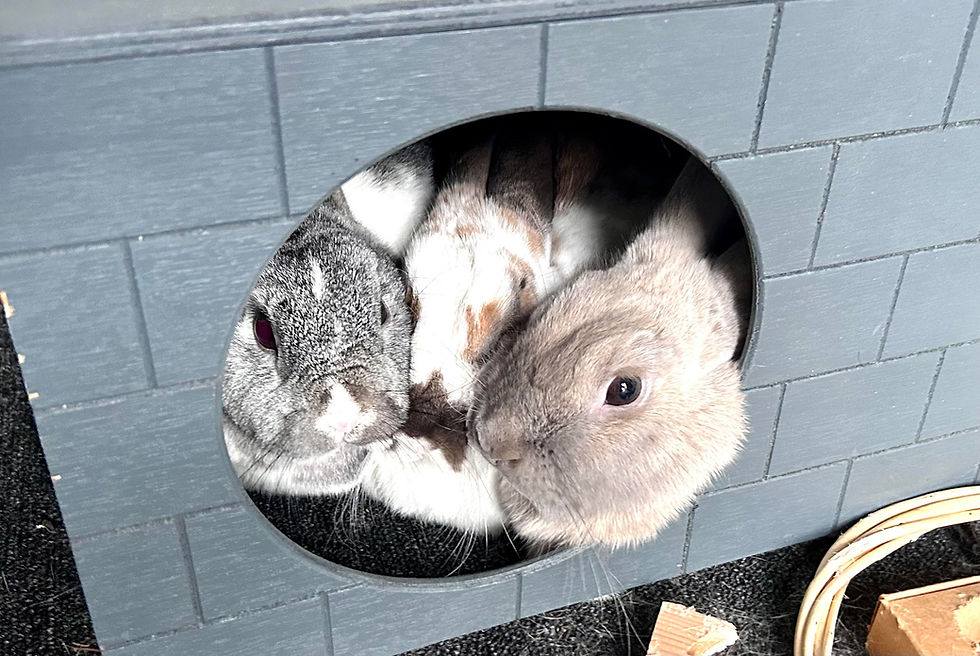
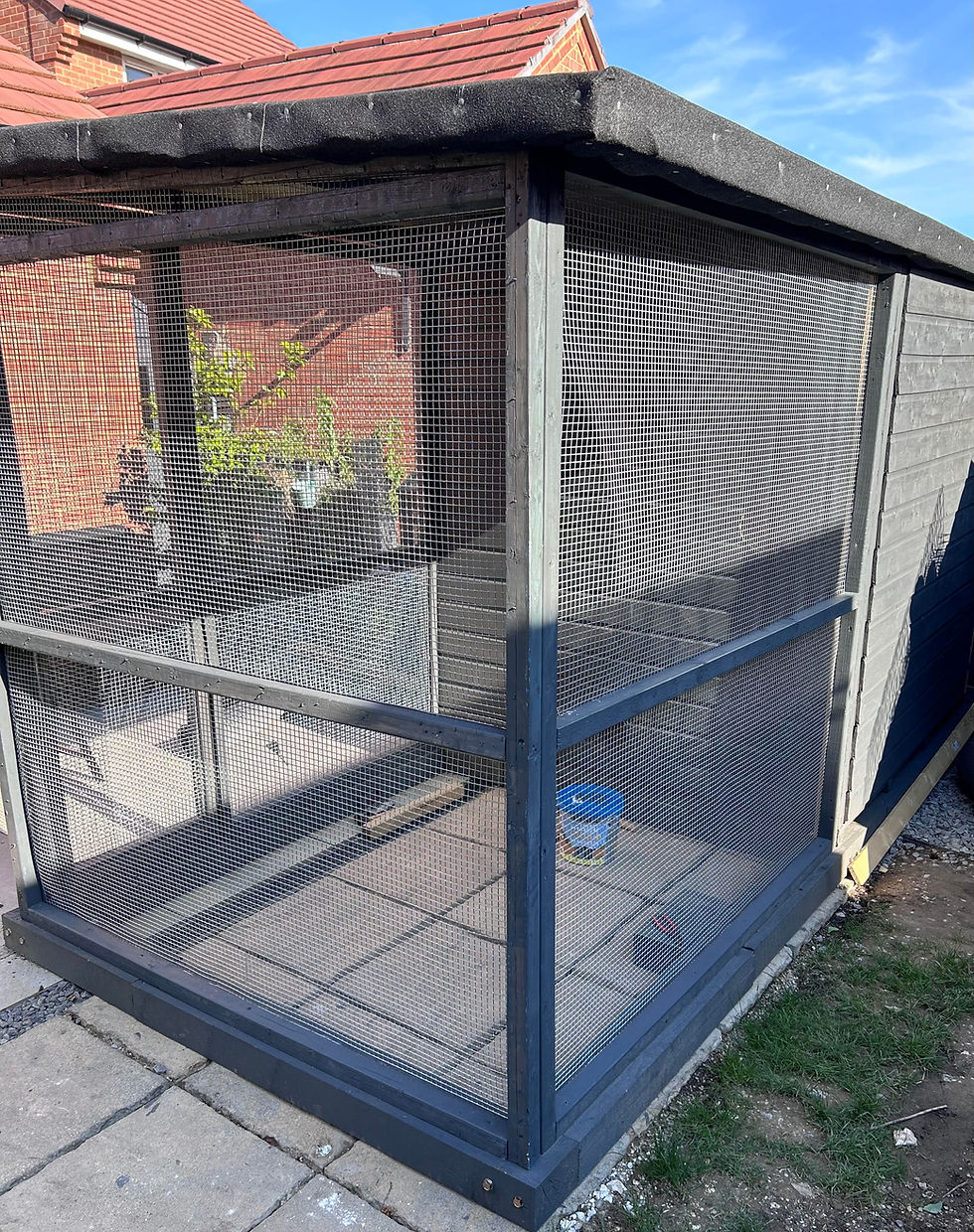
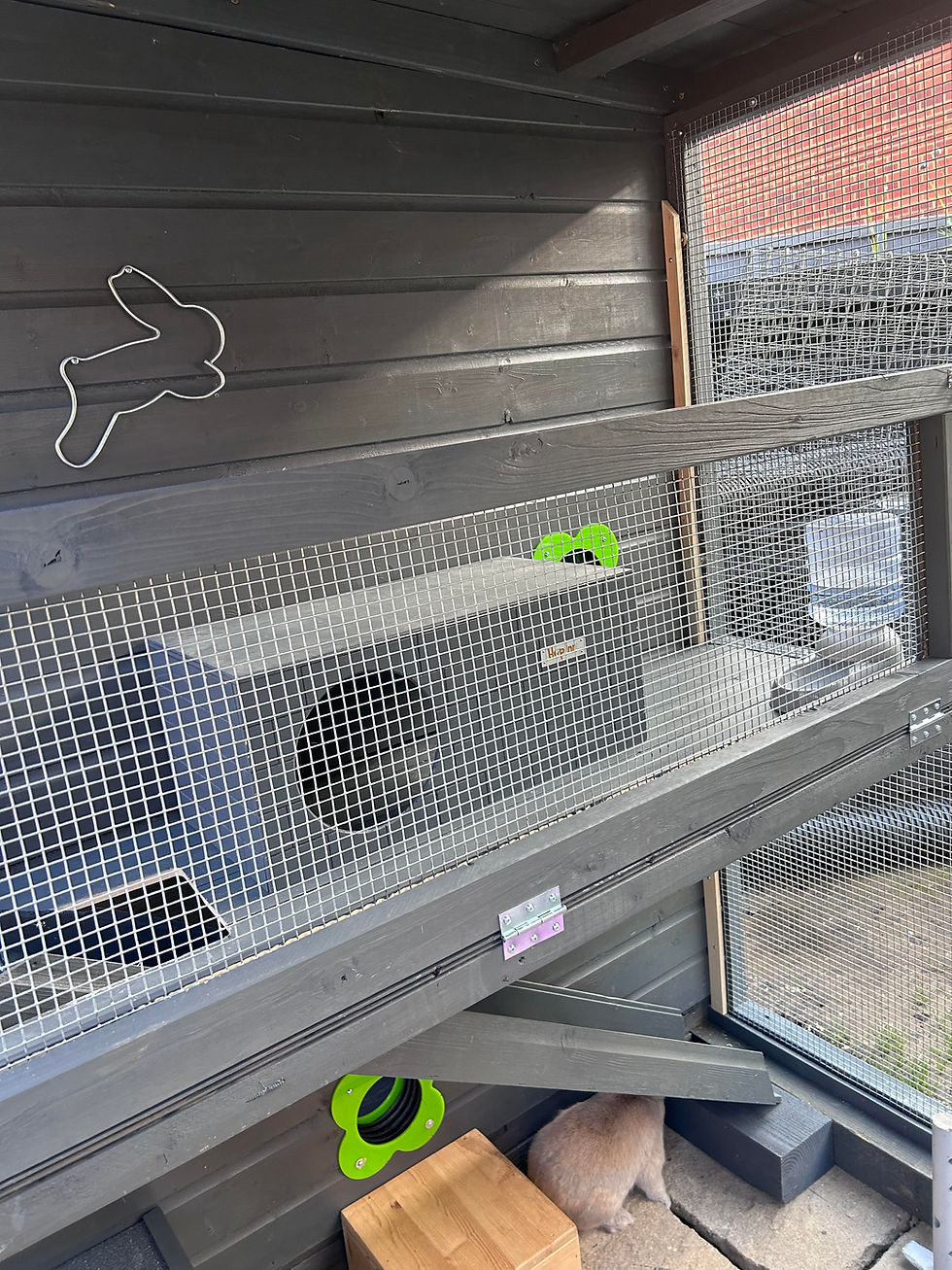
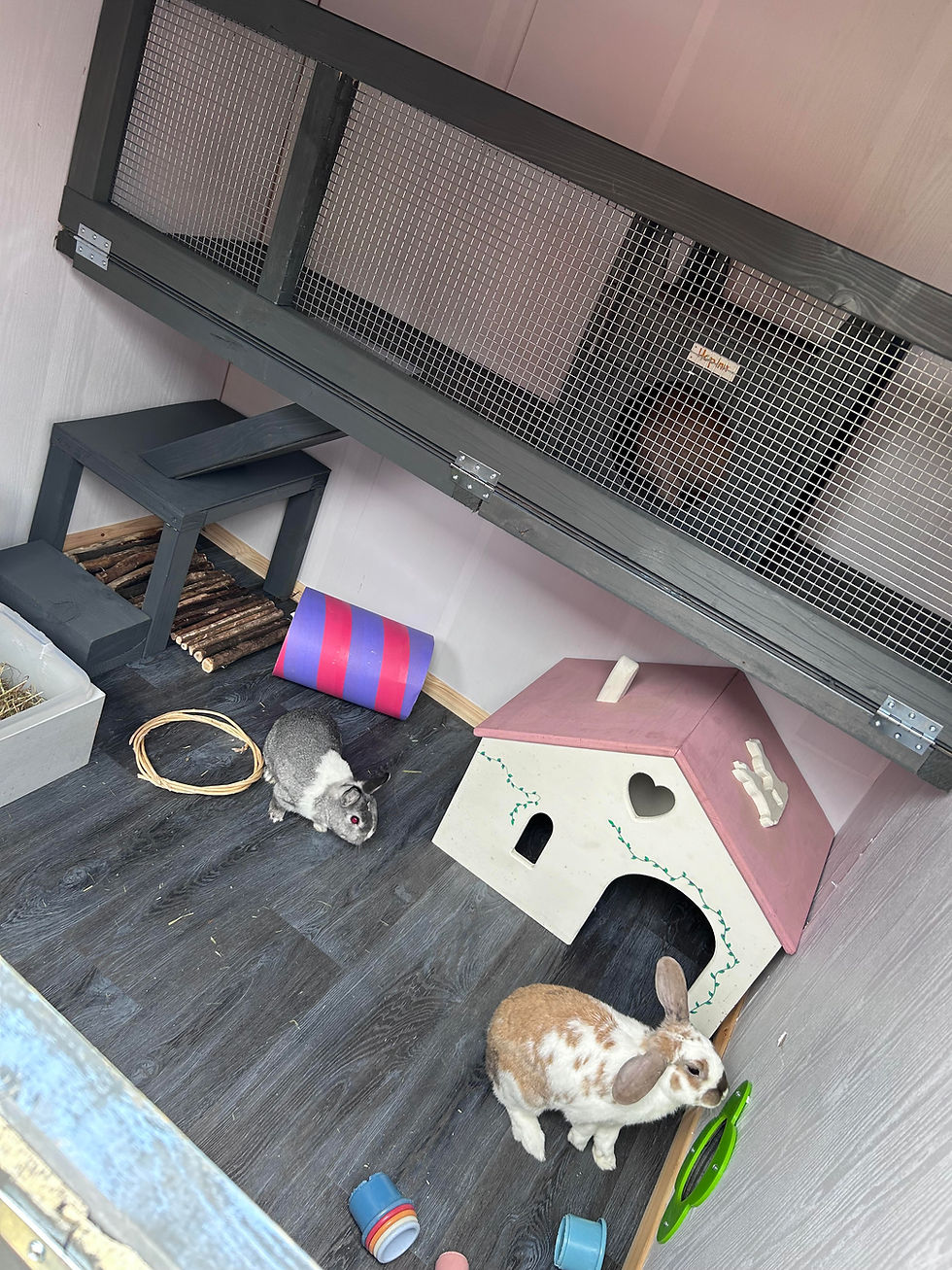
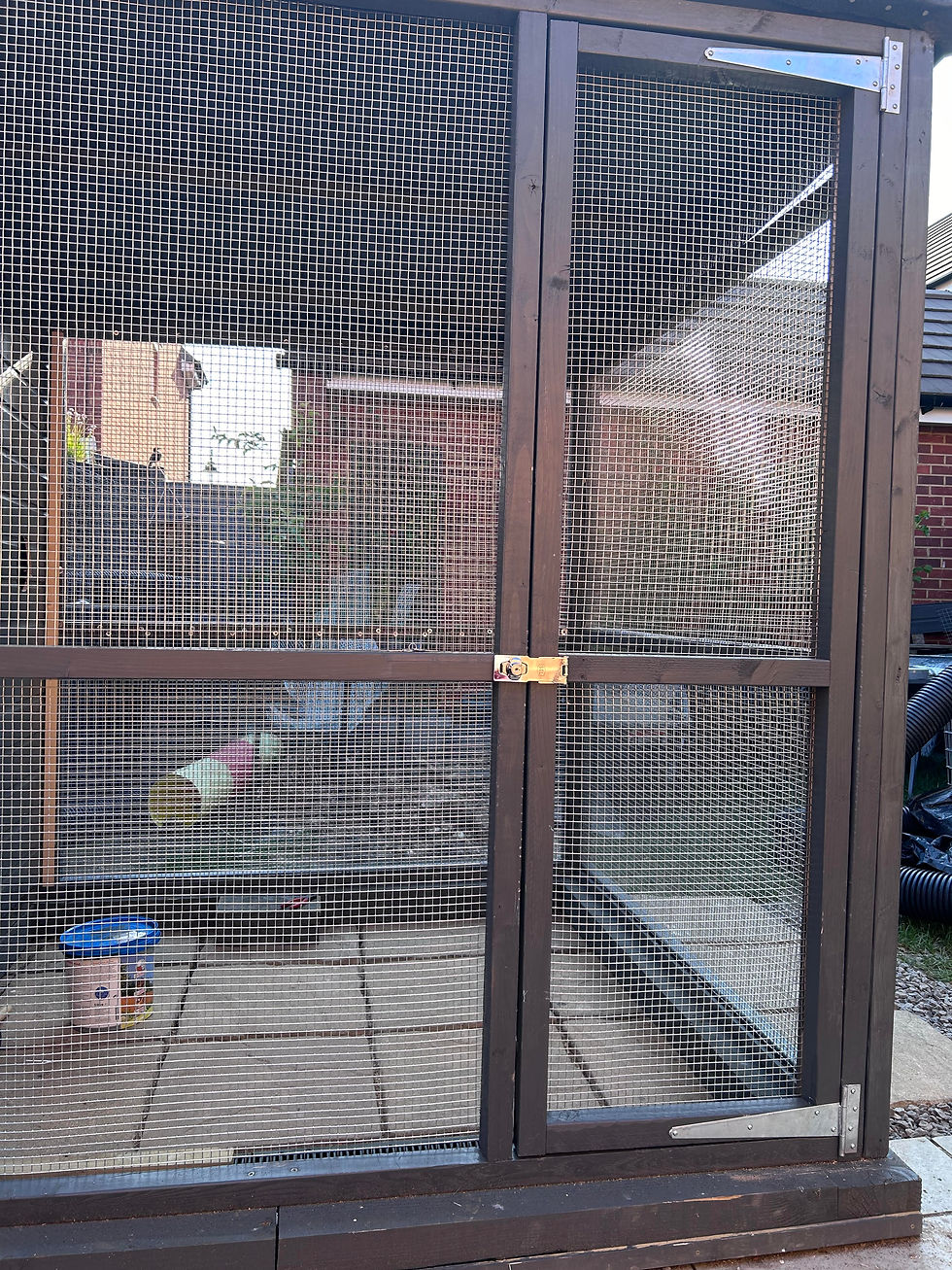

댓글